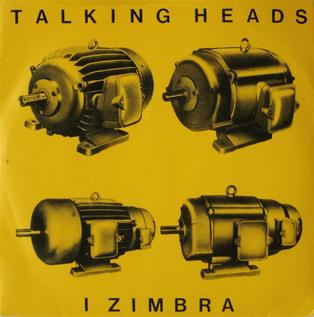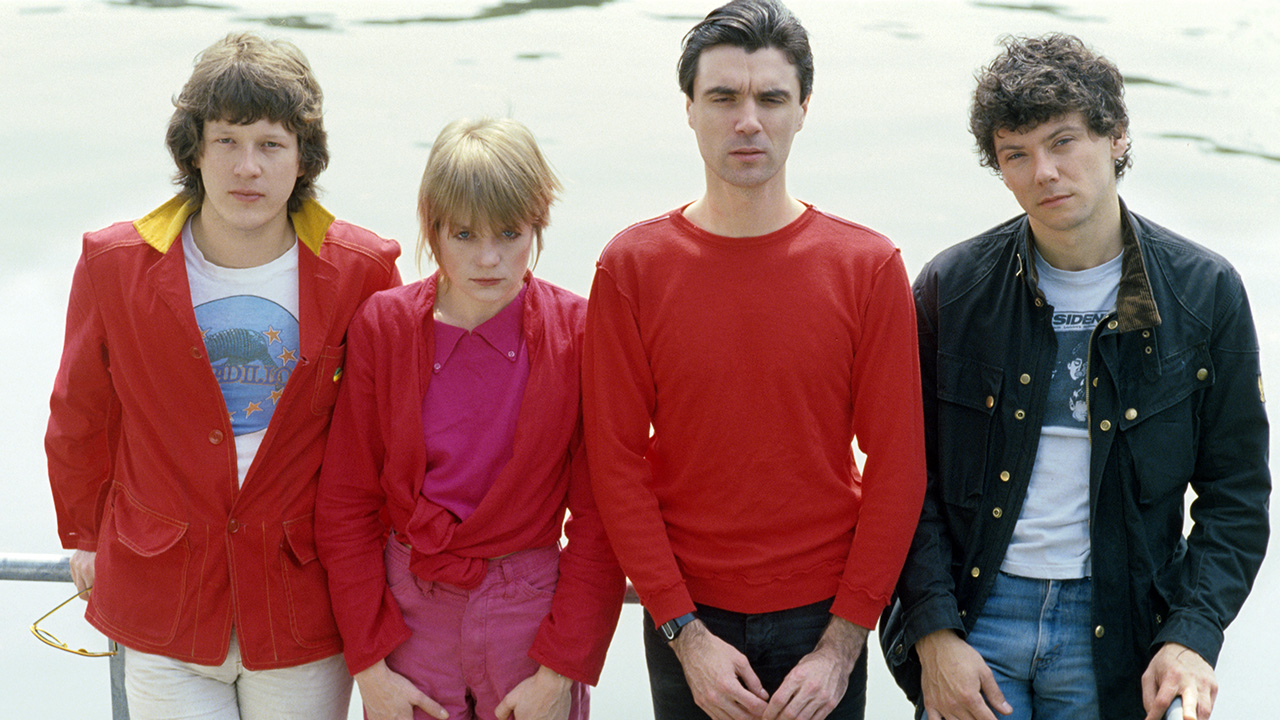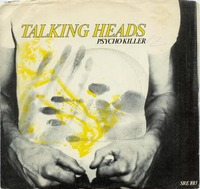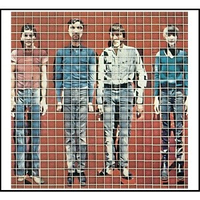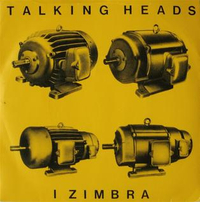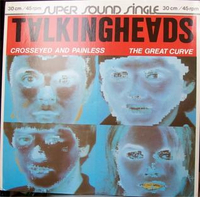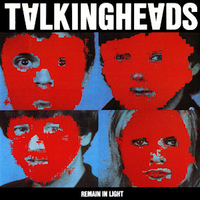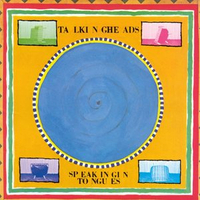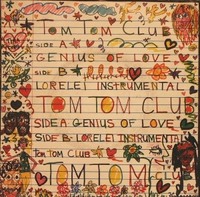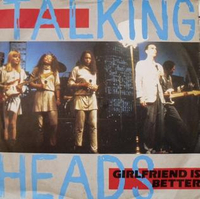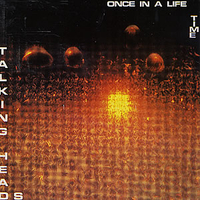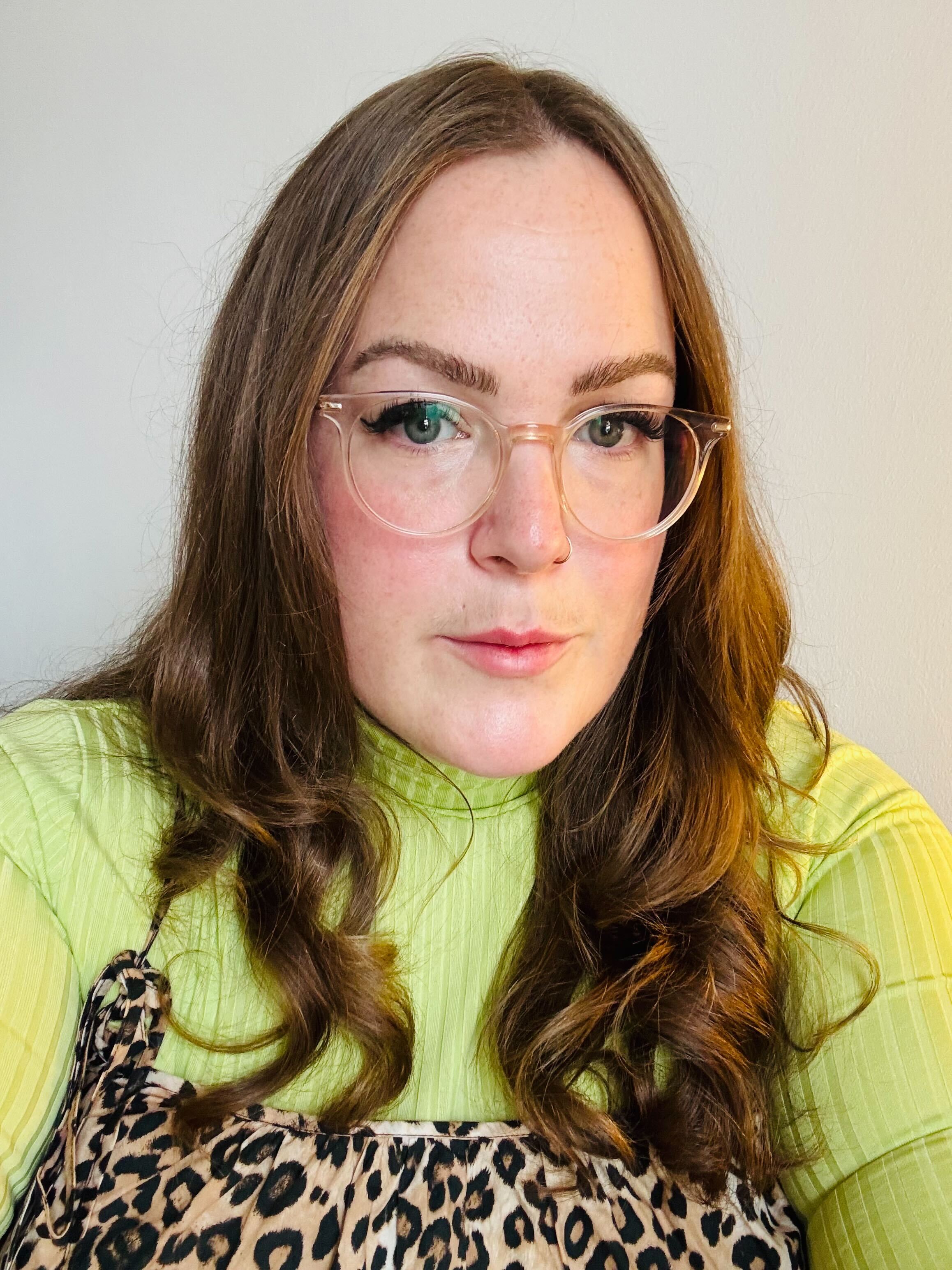Gavin Ellis loves Talking Heads. Like, really loves them. One third of London electro-punks Oh800, he's joined Louder to talk us through Talking Heads' 10 finest tunes, and it's a job he's taking seriously.
"My first memory of Talking Heads is seeing the video for Road To Nowhere, the one with David Byrne endlessly running on the spot – lanky and awkward, but funny and knowing," he says. "I was a young kid at the time and I didn’t really understand it, but I knew I liked this guy. I always loved the name Talking Heads too, I still think it’s one of the best band names out there."
A cursory listen to the band's latest material should fill you in as to why picking the band's best tunes might be a task that holds some importance to Ellis. Just like David Byrne's New York troupe did 40-odd years ago, Oh800 blend punk-rock sensibilities with infuriatingly catchy electro, merging jagged jangly guitars and thumping beats. It's a sound that's familiar, but essentially, entirely its own.
Here, we have the 10 best Talking Heads songs according to Oh800.
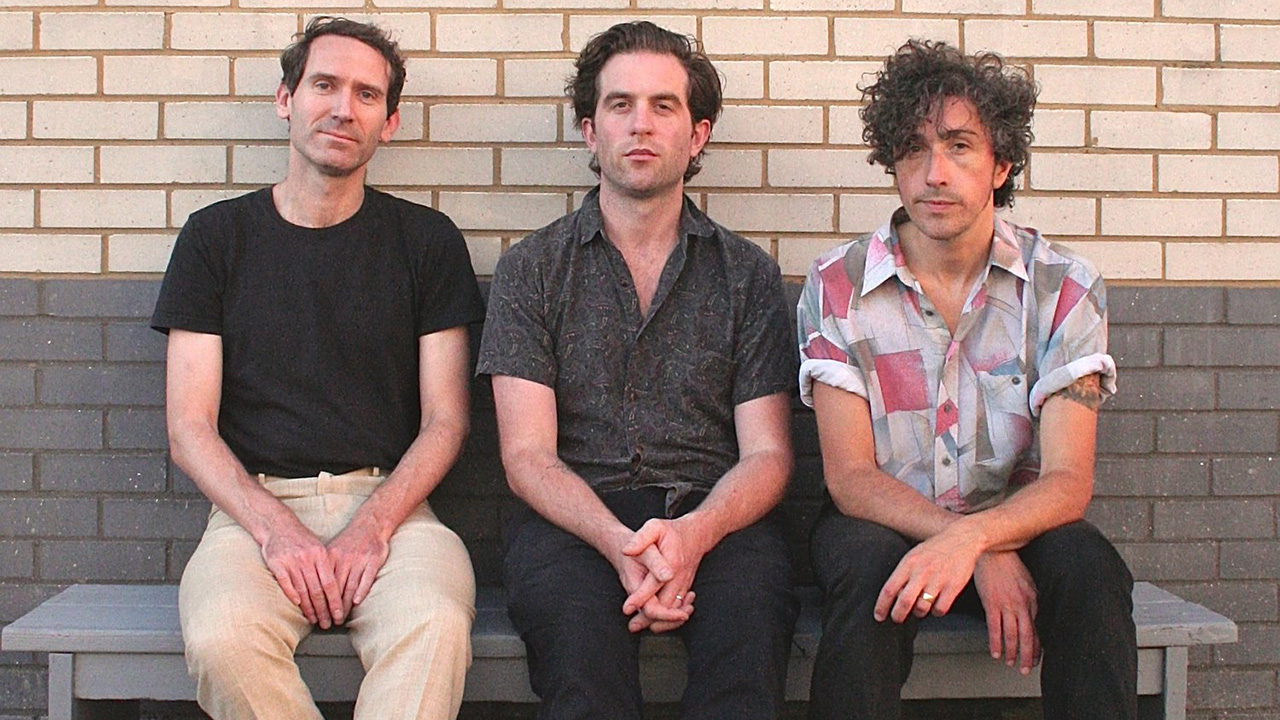

Psycho Killer (Talking Heads: 77, 1977)
Stay Hungry (More Songs About Buildings And Food, 1978)
